Cipro and Caffeine Interaction: Understanding Risks and Precautions
How does Cipro affect caffeine metabolism. What are the potential side effects of combining Cipro and caffeine. Why should patients be cautious when taking Cipro with caffeinated beverages or foods. What alternatives exist for patients prescribed Cipro.
The Unexpected Interaction Between Cipro and Caffeine
Ciprofloxacin, commonly known as Cipro, is an antibiotic belonging to the fluoroquinolone class. While effective against certain infections, it can interact with various substances, including caffeine. This interaction can lead to unexpected and potentially uncomfortable effects for patients.
Cipro slows down the body’s ability to eliminate caffeine, which can result in a buildup of caffeine in the system. This can cause symptoms similar to caffeine overconsumption, even when consuming normal amounts of caffeinated products.
Common Symptoms of Cipro-Caffeine Interaction
- Jitters
- Nervousness
- Rapid heart rate
- Insomnia
- Feeling “wired”
Can patients safely consume any caffeine while taking Cipro? It’s generally recommended to avoid or significantly reduce caffeine intake during Cipro treatment. Patients should consult their healthcare provider for personalized advice based on their specific situation and medical history.

Hidden Sources of Caffeine: Beyond Coffee and Tea
While coffee and tea are well-known sources of caffeine, many patients may be unaware of other products containing this stimulant. When taking Cipro, it’s crucial to be vigilant about all potential sources of caffeine.
Unexpected Caffeine Sources to Watch Out For
- Chocolate and cocoa products
- Some soft drinks and energy drinks
- Certain over-the-counter pain relievers
- Some pre-workout supplements
- Yerba mate and guarana
How much caffeine is in common pain relievers? Here are some examples:
- Bayer Back and Body: 32.5 mg caffeine per caplet
- BC MAX Strength Fast Pain Relief Powders: 65 mg caffeine per powder
- Excedrin Extra Strength Caplets: 65 mg caffeine per caplet
- Midol Complete: 60 mg caffeine per caplet
Do caffeine-containing medications pose the same risk as coffee when taken with Cipro? Yes, the interaction can occur with any form of caffeine, whether from beverages, foods, or medications. Patients should carefully read labels and consult their pharmacist about potential caffeine content in their medications.
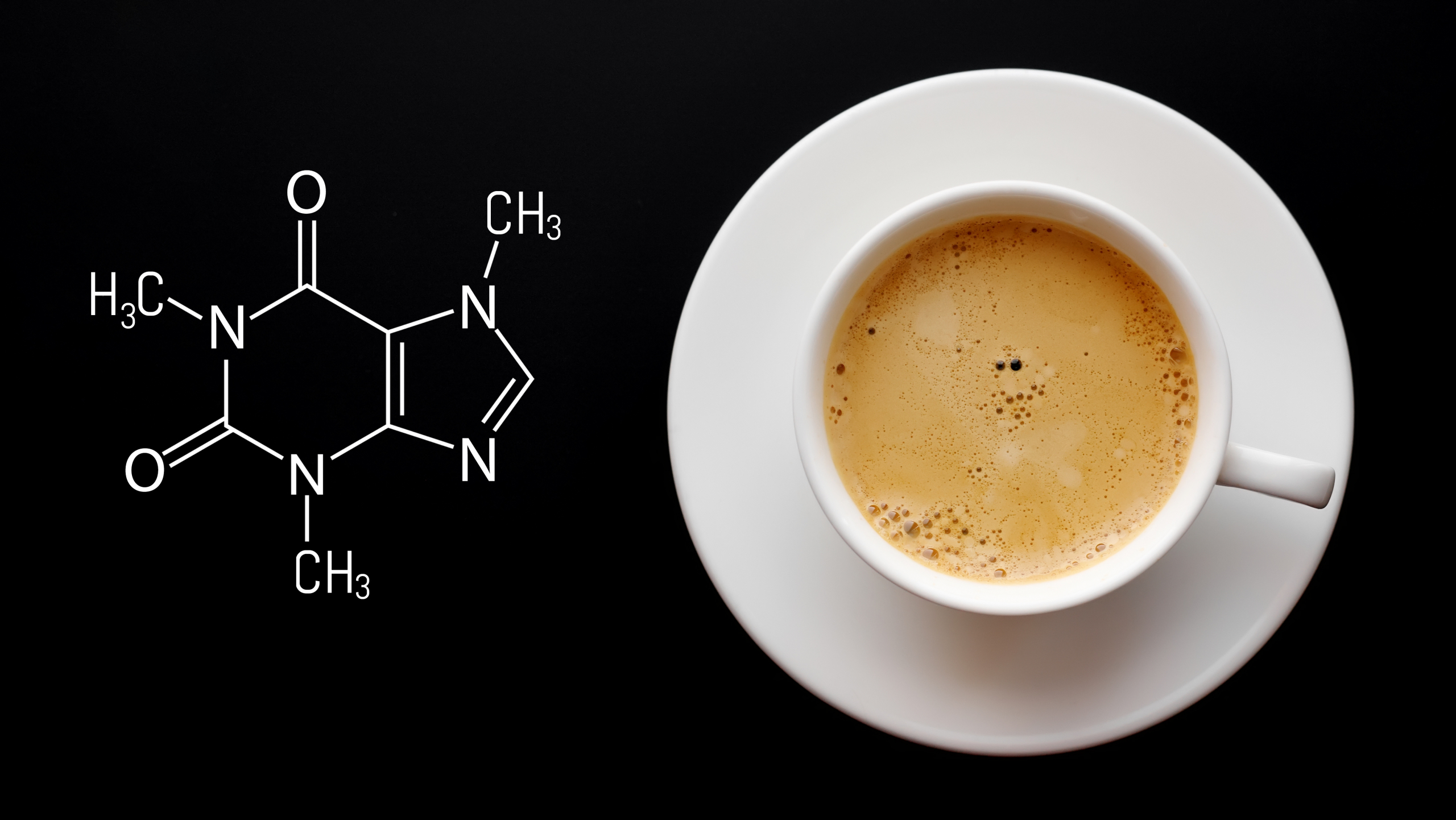
Other Important Drug Interactions with Cipro
While the caffeine interaction is significant, it’s not the only concern for patients taking Cipro. Several other substances can interact with this antibiotic, potentially affecting its efficacy or causing adverse effects.
Key Substances That Interact with Cipro
- Dairy products
- Antacids
- Calcium supplements
- Iron supplements
- Multivitamins containing zinc or magnesium
How do these substances affect Cipro? Many of these products can bind to Cipro in the digestive tract, reducing its absorption and effectiveness. This interaction can potentially lead to treatment failure if not properly managed.
Proper Administration of Cipro for Optimal Effectiveness
To ensure that Cipro works as intended, patients need to follow specific guidelines for its administration. These precautions help maximize the antibiotic’s absorption and minimize potential interactions.
Tips for Taking Cipro Correctly
- Take Cipro at least 2 hours before or 6 hours after consuming dairy products, antacids, or supplements containing calcium, iron, zinc, or magnesium.
- Avoid caffeine-containing products throughout the course of treatment.
- Take Cipro with a full glass of water.
- Do not crush or chew the tablets; swallow them whole.
- Complete the full course of antibiotics as prescribed, even if symptoms improve.
Is it safe to take Cipro with food? While Cipro can be taken with or without food, it’s important to avoid certain types of food that may interact with the medication. Patients should consult their pharmacist or doctor for specific dietary recommendations during treatment.

Alternatives to Cipro: Exploring Other Antibiotic Options
Given the potential interactions and side effects associated with Cipro, some patients may wonder about alternative treatments. While Cipro is effective for certain infections, other antibiotics may be suitable depending on the specific condition being treated.
Possible Alternatives to Cipro
- Amoxicillin
- Doxycycline
- Azithromycin
- Trimethoprim-sulfamethoxazole
- Nitrofurantoin (for urinary tract infections)
Are these alternatives always appropriate? The choice of antibiotic depends on various factors, including the type and location of infection, bacterial resistance patterns, and the patient’s medical history. Only a healthcare provider can determine the most suitable antibiotic for each individual case.
Recognizing and Managing Side Effects of Cipro
While the interaction with caffeine is a significant concern, Cipro can also cause other side effects that patients should be aware of. Understanding these potential reactions can help patients recognize when to seek medical attention.
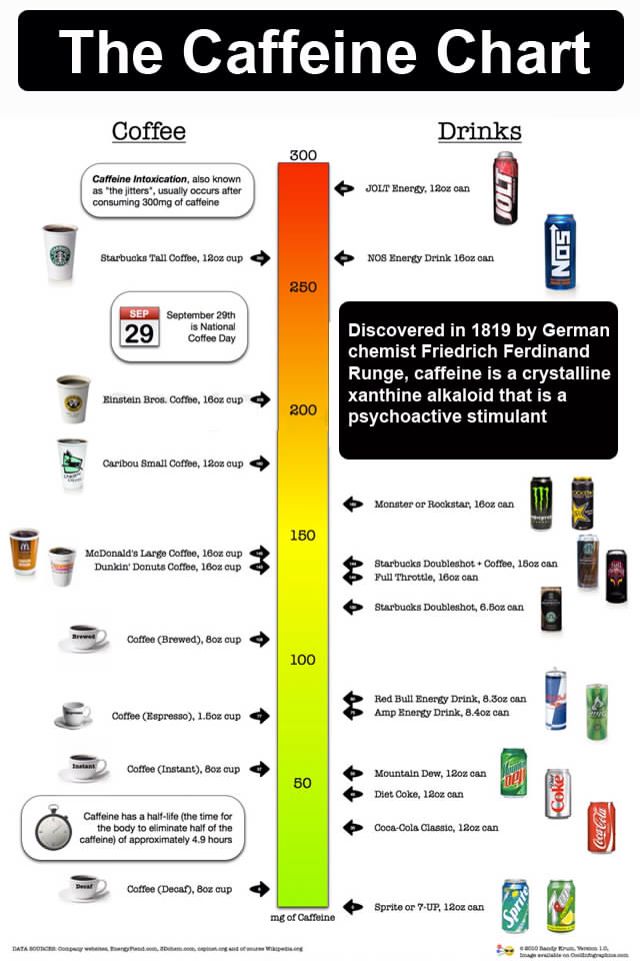
Common Side Effects of Cipro
- Nausea and diarrhea
- Headache
- Dizziness
- Rash
- Tendon pain or swelling
When should patients contact their doctor about side effects? Any severe or persistent side effects should be reported to a healthcare provider immediately. Particularly concerning symptoms include severe diarrhea, signs of tendon rupture, or any indications of an allergic reaction.
The Importance of Patient Education in Antibiotic Use
The case of Cipro and caffeine interaction highlights a broader issue in healthcare: the need for comprehensive patient education when prescribing medications. Many adverse events and treatment failures could be prevented with better communication between healthcare providers and patients.
Key Points for Patient Education
- Explain potential drug interactions, including those with food and beverages
- Provide clear instructions on how to take the medication properly
- Discuss common side effects and when to seek medical attention
- Emphasize the importance of completing the full course of antibiotics
- Encourage patients to ask questions about their medication
How can patients ensure they receive adequate information about their prescriptions? Patients should actively engage with their healthcare providers and pharmacists, asking questions about potential interactions, side effects, and proper administration of their medications. It’s also helpful to read medication guides and package inserts thoroughly.

The Broader Context: Antibiotic Resistance and Responsible Use
While individual patient safety is paramount, the use of antibiotics like Cipro also has broader implications for public health. The rise of antibiotic-resistant bacteria is a growing concern, making it crucial to use these medications judiciously and correctly.
Strategies to Combat Antibiotic Resistance
- Prescribing antibiotics only when necessary
- Choosing the most appropriate antibiotic for each infection
- Ensuring patients complete their full course of antibiotics
- Educating the public about proper antibiotic use
- Implementing antibiotic stewardship programs in healthcare settings
What role do patients play in preventing antibiotic resistance? Patients can contribute by taking antibiotics exactly as prescribed, not sharing antibiotics with others, and not saving leftover antibiotics for future use. They should also avoid pressuring healthcare providers to prescribe antibiotics for viral infections, where they are ineffective.

In conclusion, the interaction between Cipro and caffeine serves as a reminder of the complexities involved in medication use. It underscores the importance of open communication between patients and healthcare providers, comprehensive patient education, and a broader understanding of responsible antibiotic use. By being informed and vigilant, patients can help ensure the safe and effective use of antibiotics like Cipro while minimizing potential risks and side effects.
Beware Coffee and Cipro and Other Drug Interactions!
Most of us have learned how much coffee we can handle before getting into trouble with jitters, insomnia or heart palpitations. But some drugs may interact with caffeine to give us more of a java jolt than expected. Coffee and Cipro (ciprofloxacin) could be a problem as the drug appears to slow elimination of caffeine from the body. That could produce unexpected stimulation.
An Unexpected Coffee and Cipro Interaction:
Q. My doctor prescribed the antibiotic Cipro for an infection. I took the first dose with breakfast, and the rest of the morning I felt as if I had caffeine zooming through my veins.
After my second dose, I ate some chocolate ice cream. That also made me feel wired.
Neither my doctor nor pharmacist warned me not to drink coffee or eat chocolate. They also did not caution me to avoid dairy when taking Cipro. Is there a safer alternative to this antibiotic?
A. Ciprofloxacin (Cipro) and similar fluoroquinolone antibiotics are usually reserved: “for use in patients who have no alternative treatment options” for certain common infections. Your physician and pharmacist should have warned you to avoid all caffeinated beverages, including soft drinks. Caffeine is also found in some pain relievers like Excedrin.
Ciprofloxacin (Cipro) and similar fluoroquinolone antibiotics are usually reserved: “for use in patients who have no alternative treatment options” for certain common infections. Your physician and pharmacist should have warned you to avoid all caffeinated beverages, including soft drinks. Caffeine is also found in some pain relievers like Excedrin.
Cipro slows the elimination of caffeine from the body and may trigger nervousness and a rapid heart rate. Chocolate may also pose a problem.
On the other hand, ice cream and other dairy products may interfere with the absorption of this antibiotic. Antacids also interact to make ciprofloxacin less effective. Ask your doctor about an alternate treatment.
Other Sources of Caffeine:
Caffeine can crop up in some unexpected places. We suspect that most people no longer take a lot of time to read drug labels. They buy familiar brands for what ails them and don’t even try to discover what’s in the preparation. Here are some examples:
Here are some examples:
Bayer Back and Body: Aspirin 500 mg; Caffeine 32.5 mg. 2 caplets every 6 hours
BC MAX Strength Fast Pain Relief Powders: Aspirin 500 mg; Acetaminophen 500; Caffeine 65 mg. 1 powder on tongue every 6 hours.
Excedrin Extra Strength Caplets: Aspirin 250 mg; Acetaminophen 250 mg; Caffeine 65 mg. 2 caplets every 6 hours.
Midol Complete: Acetaminophen 500 mg; caffeine 60 mg; pyrilamine 15 mg. 2 caplets every 6 hours.
No Doz: Caffeine 200 mg. 1/2 to 1 pill every 3-4 hours.
Vivarin: Caffeine 200 mg. 1 tablet not more often than every 3 to 4 hours.
Coffee and Cipro and Other Interactions:
Caffeine, whether in drugs or coffee, can interact with other drugs besides ciprofloxacin. Coffee and Cipro is an interaction between caffeine and a fluoroquinolone antibiotic.
Other FQs (fluoroquinolones) that might interact with caffeine include norfloxacin (Noroxin) and enoxacin (Penetrex).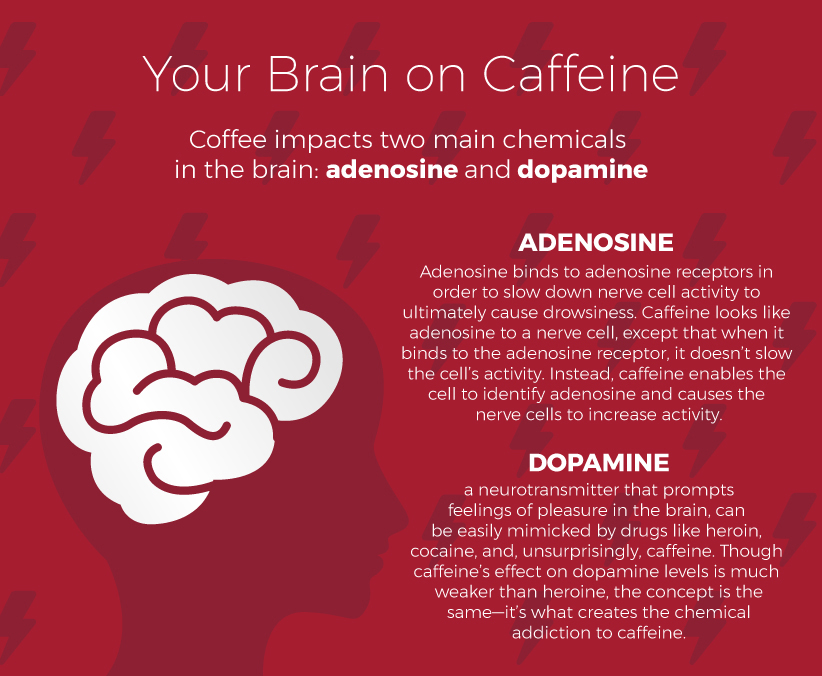 The result could be a more intense caffeine effect.
The result could be a more intense caffeine effect.
Thyroid medication (levothyroxine, Synthroid, etc) may not be absorbed well in the presence of coffee or tea. You can read more about this interaction at this link.
Food and Drug Interactions:
People should not ignore other food and drug interactions, although they may not know many of them. Dairy products can impede absorption of some antibiotics. For example, tetracyclines are affected by milk and other dairy. Ciprofloxacin and norfloxacin may also be affected by dairy products. In some instances, only 50% of the drug will be absorbed. That’s enough to sabotage their effectiveness.
People who don’t swallow pills well may sometimes take their medicine crushed or mixed with food. A research team in San Antonio discovered that it made a big difference whether that food was applesauce or vanilla pudding.
Some ingredient in the pudding interfered with the absorption of Dilantin Infatabs (phenytoin) so that the appropriate dose of the anti-seizure drug did not get into the bloodstream adequately (Pediatrics, Nov. 1986). Applesauce was not so much of a problem.
1986). Applesauce was not so much of a problem.
The Bran Muffin Interaction:
It’s hard to imagine how a bran muffin could impede drug absorption. And yet the case of the bran muffin breakfast led to serious depression. You can read about this unusual interaction at this link.
To learn more about such incompatibilities, you may wish to read our free eGuide to Drug & Food Interactions. This downloadable pdf may be found under the Health eGuides tab.
Caffeine and ciprofloxacin Interactions – Drugs.com
This report displays the potential drug interactions for the following 2 drugs:
- caffeine
- ciprofloxacin
Edit list (add/remove drugs)
- Consumer
- Professional
Interactions between your drugs
Using caffeine together with ciprofloxacin may increase the effects of caffeine. Contact your doctor if you experience headache, tremor, restlessness, nervousness, insomnia, and increased blood pressure or heart rate. If your doctor does prescribe these medications together, you may need a dose adjustment or special test to safely use both medications. It is important to tell your doctor about all other medications you use, including vitamins and herbs. Do not stop using any medications without first talking to your doctor.
If your doctor does prescribe these medications together, you may need a dose adjustment or special test to safely use both medications. It is important to tell your doctor about all other medications you use, including vitamins and herbs. Do not stop using any medications without first talking to your doctor.
Switch to professional interaction data
Drug and food interactions
Do not take ciprofloxacin with dairy products such as milk or yogurt, or with calcium-fortified foods (e.G., cereal, juice). You may eat or drink dairy products or calcium-fortified foods with a regular meal, but do not use them alone when taking ciprofloxacin. They could make the medication less effective. When ciprofloxacin tablets are given with enteral (tube) feedings, ciprofloxacin may not work as well. You could interrupt the feeding for 1 hour before and 2 hours after the ciprofloxacin dose, or your doctor may decide to switch to a different treatment. Ciprofloxacin oral suspension should not be given via nasogastric tubes or feeding tubes. It is important to tell your doctor about all other medications you use, including vitamins and herbs. Do not stop using any medications without first talking to your doctor.
It is important to tell your doctor about all other medications you use, including vitamins and herbs. Do not stop using any medications without first talking to your doctor.
Switch to professional interaction data
Information for this minor interaction is available on the professional version.
Therapeutic duplication warnings
No warnings were found for your selected drugs.
Therapeutic duplication warnings are only returned when drugs within the same group exceed the recommended therapeutic duplication maximum.
See also
- Caffeine drug interactions
- Caffeine Citrate uses and side effects
- Ciprofloxacin drug interactions
- Ciprofloxacin uses and side effects
- Drug Interactions Checker
Report options
Loading…
QR code containing a link to this page
Drug Interaction Classification
| Major | Highly clinically significant. Avoid combinations; the risk of the interaction outweighs the benefit. |
|---|---|
| Moderate | Moderately clinically significant. Usually avoid combinations; use it only under special circumstances. |
| Minor | Minimally clinically significant. Minimize risk; assess risk and consider an alternative drug, take steps to circumvent the interaction risk and/or institute a monitoring plan. |
| Unknown | No interaction information available. |
Further information
Always consult your healthcare provider to ensure the information displayed on this page applies to your personal circumstances.
Medical Disclaimer
top 6 most dangerous interactions – ThePharma.Media
The topic of “special relationship” of drugs with drinks stands apart – if only because many patients are used to drinking drugs with the most inappropriate substances. Well, in the summer heat, it’s hard to blame them. However, a warning about potentially dangerous interactions is a must!
We have recently discussed the topic of drug-food interactions. And most of us are well aware of the dangerous interactions of various drugs with grapefruit juice: this citrus fruit is firmly at the top of the “black list” of provocateurs of adverse events. But, unfortunately, almost no one pays attention to the more common drinks, and they can be just as insidious!
Although there are hundreds of interactions between drugs and nutrients in beverages described in the scientific literature, our main goal is to focus on the most common and clinically significant.
Medicines and caffeinated drinks
Caffeine is a medicine in itself (and this active substance is found not only in coffee, but also in many carbonated drinks cooled in shops and supermarkets!). So while it would be more appropriate to think of caffeine as a drug rather than as an ingredient in beverages, some patients overlook the increased caffeine content in teas, non-alcoholic “energy” drinks, and so on.
So while it would be more appropriate to think of caffeine as a drug rather than as an ingredient in beverages, some patients overlook the increased caffeine content in teas, non-alcoholic “energy” drinks, and so on.
Many common drugs interfere with the metabolism of this substance, resulting in an increase in caffeine levels in the blood. For example,
- ciprofloxacin ,
- cimetidine ,
- some oral contraceptives
- and prednisone .
The most harmless side effect in this case is insomnia. But, in addition, many drugs enhance the diuretic effect of caffeine, which is not always safe.
Therefore, other fluoroquinolones (instead of ciprofloxacin) are being considered as an alternative for patients who consume large amounts of caffeine during the day, which do not have such a pronounced effect on caffeine metabolism. Similarly, in such cases, use ranitidine or famotidine instead of cimetidine./4579800_color1-5c3b911b46e0fb0001baee18.png)
Conversely, caffeine inhibits the metabolism of theophylline , which has a similar chemical structure, and therefore is able to increase the concentration of theophylline in blood serum. The result is nervousness, insomnia, and even serious arrhythmias. Pharmacists should warn patients taking theophylline as part of a respiratory regimen that caffeinated beverages may predispose to these serious side effects.
Medicines + milk
Unlike caffeine and the notorious grapefruit juice, consumption of dairy products (which are known to contain calcium) may not cause a metabolic interaction, but a chemical one. The calcium ion chelates (“clings” and holds) the drug molecule, which can reduce the absorption of the latter. Most pharmacists are familiar with typical “ antacids + dairy” interactions. With prolonged use, this duo can cause constipation, hypercalcemia, and even milk-alkaline syndrome, manifested by nausea and vomiting.
Oral fluoroquinolones (eg ciprofloxacin, levofloxacin) lose their effectiveness when taken with milk. In addition, it is undesirable to combine with products rich in calcium:
In addition, it is undesirable to combine with products rich in calcium:
- cephalosporin antibiotics (especially cefuroxime),
- tetracyclines,
- bisphosphonates,
- methotrexate.
Taking the listed drugs with calcium-containing products is “bred” for two to four hours.
Medicines, fruit juices and vitamin C
Most “packaged” fruit juices are enriched not only with kilograms of sugar, but also with vitamin C (sometimes other vitamins). Well, most natural juices already contain them. Please note that when taken simultaneously with juices (as well as with acidic foods), the absorption of some common drugs, primarily antihistamines ( cetirizine and loratadine , as well as fexofenadine ), changes, increases or decreases. In addition, acidic fortified drinks reduce the absorption of a number of prescription drugs (primarily psychotropic ones).
So, vitamin-rich juices are clearly not friendly
- benzodiazepines,
- antidepressants,
- barbiturates,
- antihistamines,
- antipsychotics
- and anticonvulsants.

Separately, it should be noted that cranberry juice can significantly enhance the anticoagulant effect of warfarin. Conversely, the effect of warfarin can be reduced soy milk .
In addition, more and more adverse drug interactions are being identified with pomegranate juice – in scientific publications, it is becoming almost as “popular” as grapefruit juice.
Medicines and protein shakes
Not so common drink, but, nevertheless, “take note for athletes”. All protein-rich foods can increase the absorption of various drugs, the most common example being increased bioavailability of beta-blockers. For example, the simultaneous use of propranolol with a protein product can increase the absorption of the drug by up to 53%! And this is fraught with side effects such as bradycardia, hypotension and bronchospasm.
Foods high in protein can reduce the concentration and, accordingly, the effectiveness of carbidopa / levodopa and theophylline, , leading to an exacerbation of the conditions of the underlying disease.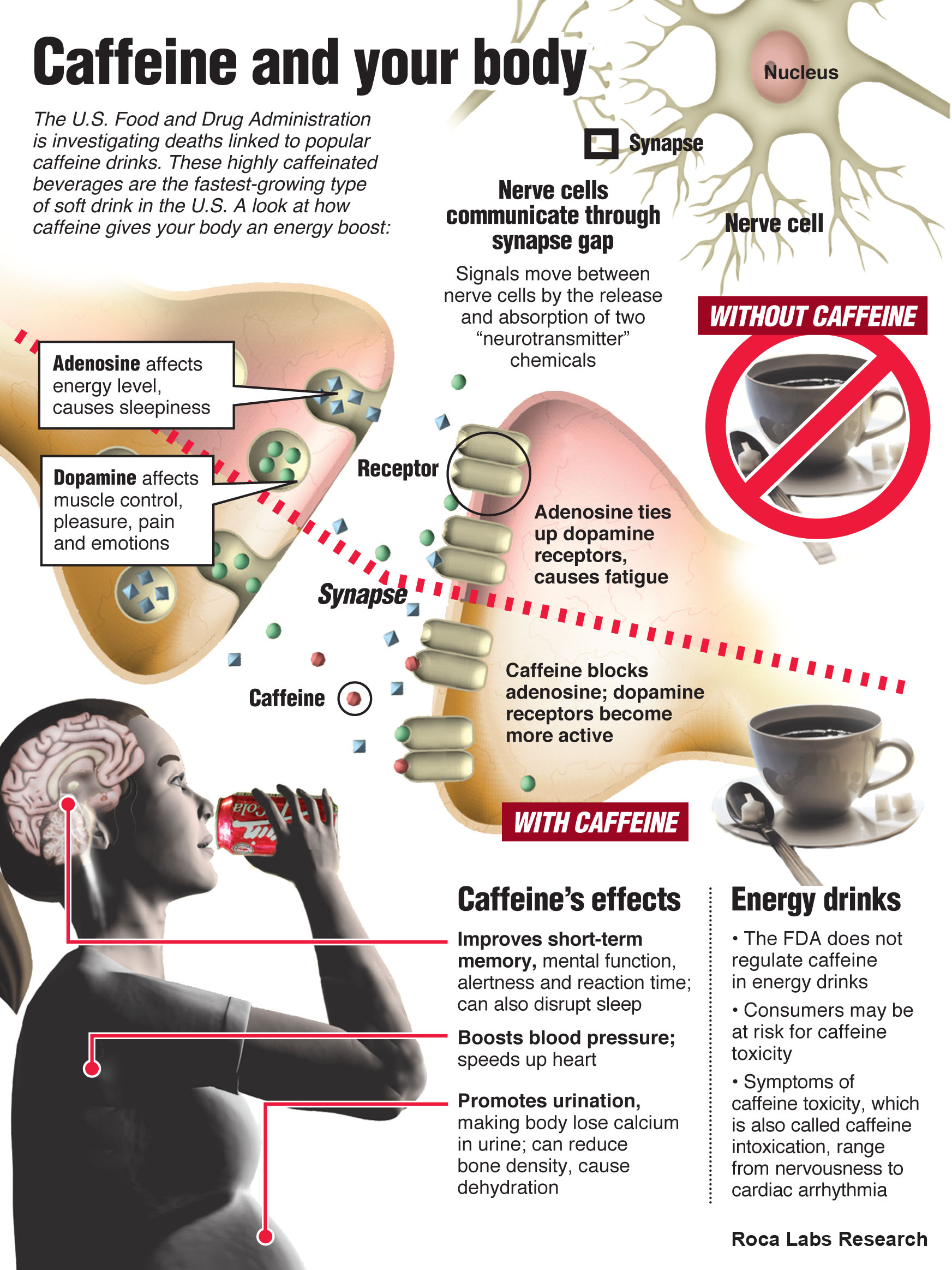
Medicines and smoothies
Smoothies are a never-ending trend. Also, it’s fiber. Which, like the aforementioned calcium in milk, binds drug molecules, which ultimately leads to a decrease in the concentration of the active substance in the blood serum. Metformin has a particularly strained relationship with fiber, levothyroxine , digoxin and penicillin (although fiber does not affect the absorption of other antibiotics from the penicillin class).
Product description page Quintor ® Product description page Pentaflucin daily Molecules: ciprofloxacin caffeine SeverityCaution ReliabilityFrequent Description of interaction |

 The relevance of a particular drug interaction to a specific individual is difficult to determine. Always consult your healthcare provider before starting or stopping any medication.
The relevance of a particular drug interaction to a specific individual is difficult to determine. Always consult your healthcare provider before starting or stopping any medication.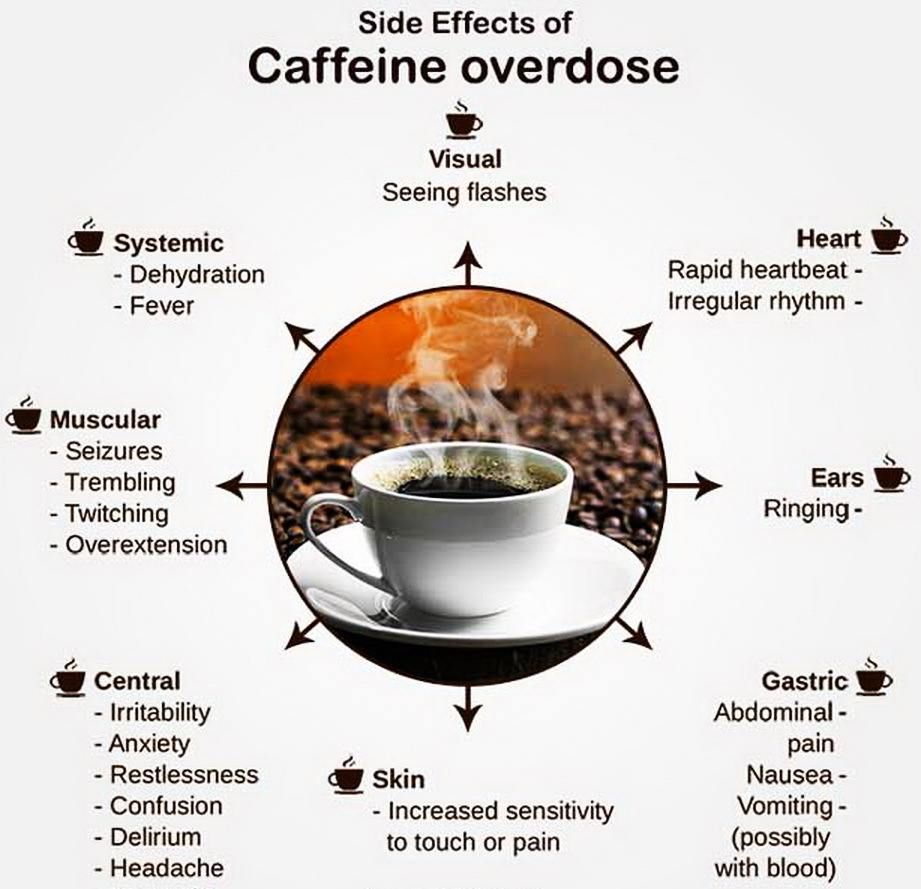
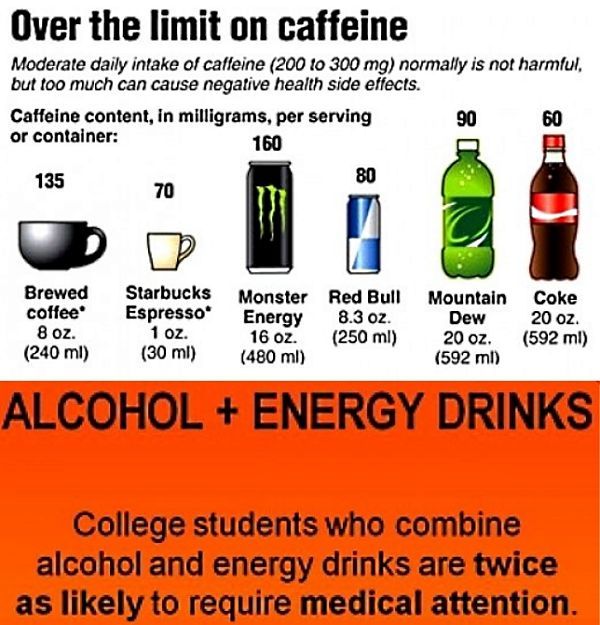 Some studies have shown an increase in caffeine levels when used with ciprofloxacin. Patients should be monitored.
Some studies have shown an increase in caffeine levels when used with ciprofloxacin. Patients should be monitored.